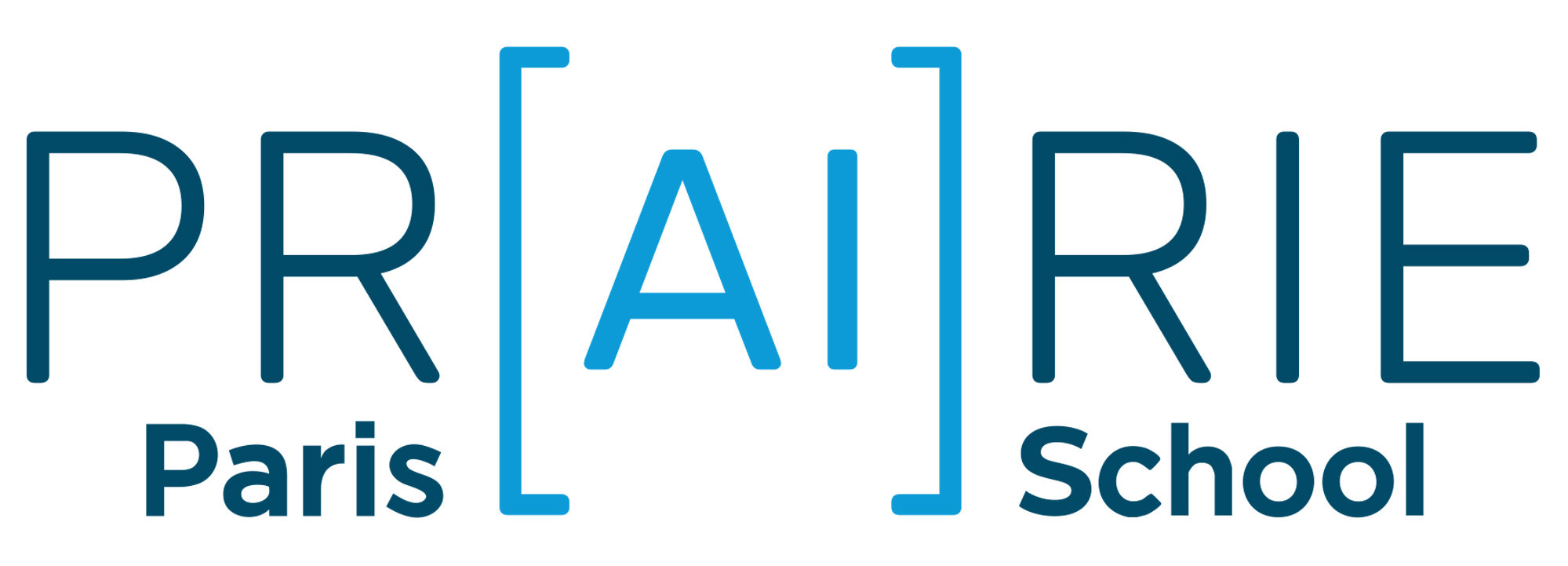How AI can help us study the complexity of children’s early language acquisition
Speaker: Abdellah Fourtassi
Bio
I am currently a researcher (“délégation recherche”) at INRIA Paris, visiting fromAix-Marseille University where I am Assistant Professor (Maître de Conférence) of computer science since late 2019. I am also a research fellow at the Institute of Language, Communication, and the Brain (ILCB) where I direct the interdisciplinary research group “Computational Communication, and Development” (cocodev.fr). Prior to that, I was a postdoctoral research fellow at Stanford University. I completed my PhD at Ecole Normale Supérieure rue d’Ulm and my undergraduate studies at Ecole Polytechnique.
Abstract
To acquire language, children need to learn the form (e.g., phonology and syntax), the content (e.g., word and sentence meanings), and the use (e.g., finding the right words to convey communicative intents). Research in language development has traditionally simplified this process by studying these dimensions separately. The reality of the situation is that children have to deal with aspects of form, content, and use simultaneously. In addition, experimental studies suggest that the timelines of acquisition of these dimensions largely overlap, indicating that children learn them in parallel, not one at a time. While this fact makes language acquisition seem even harder than we previously thought, here I show that the joint learning of form, content, and use may actually be more a help than a hindrance: These dimensions are interdependent in many ways and can therefore constrain/disambiguate each other.
More generally, I argue that research into the complex interaction/synergy across linguistic levels, during child development, requires going beyond traditional research tools in the field of child development (e.g., controlled experiments) and integrating cutting-edge methods from AI in our research toolkit. This new research method is instrumental not only in piercing some lingering mysteries in children’s language learning but also in understanding the development of this complex phenomenon in its natural context (e.g., as opposed to in-lab studies), thus facilitating the translation of scientific findings much more easily into real-life interventions and societal applications.
